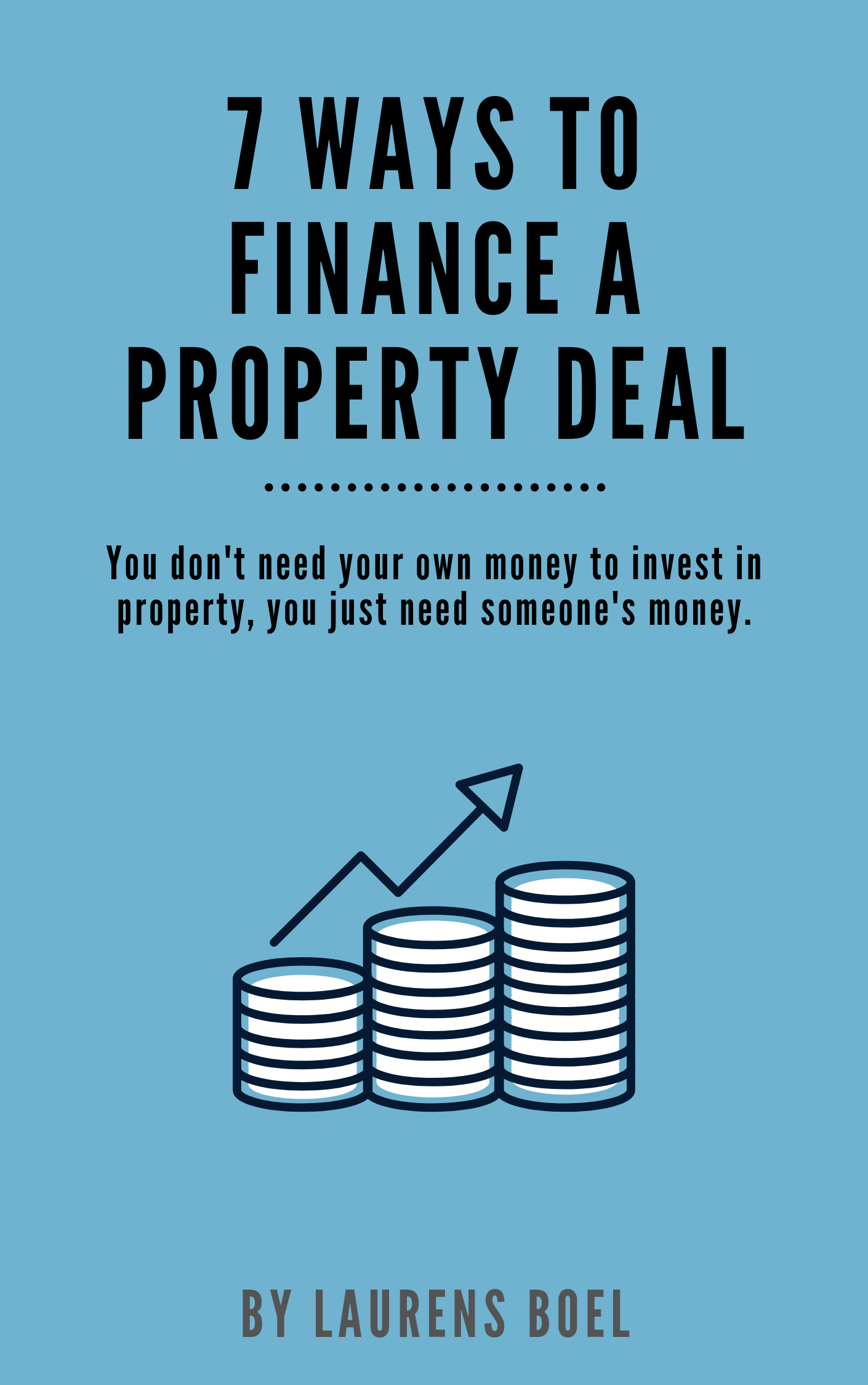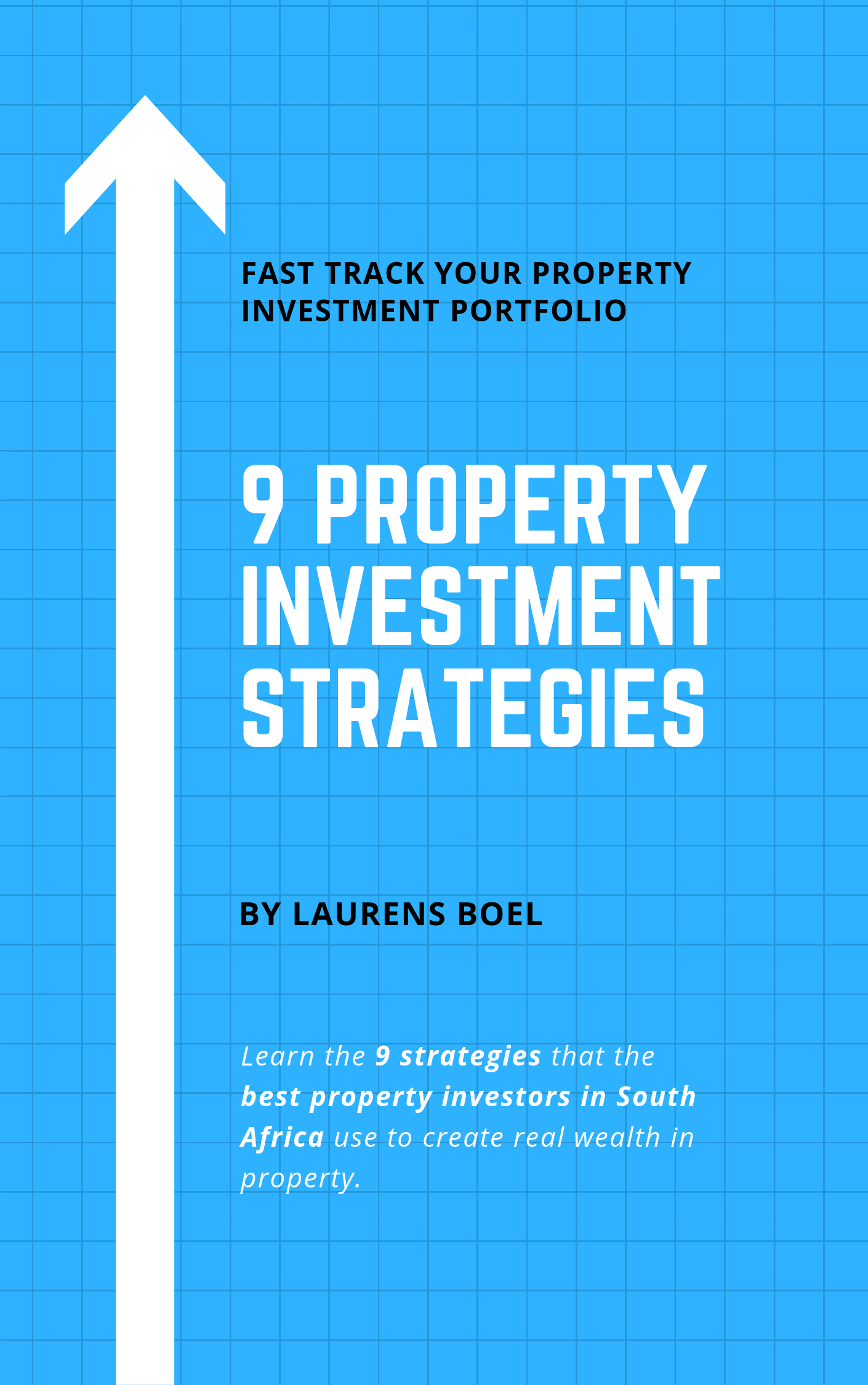Property investors aren’t just wealthy individuals. They come from all walks of life and sometimes they are a group of individuals investing together through stokvels. Investors could be family members, colleagues, friends or teachers. One of my property coaching students raised money through his secretary. The point is, you don’t know who the person is that’s going to become your investor. But once you find your investor, or group of investors, you will have to structure investment terms that are win-win.
Let me show you an example. Suppose you wanted to buy a block of flats and you needed a R1 million capital injection, so you decide to get a loan from an investor. They offer you the loan at a 12% interest rate and want you to pay over 10 years.
The payback structure is where it gets really interesting. They’ve told you their terms, but how can you structure your monthly payment back to the investor to suit your needs?
Before we can move forward, there’s one thing we need to understand clearly. When you’re looking at a loan agreement, there are two payments that make up your monthly loan payment. One portion goes toward the interest payment and the other portion goes toward making a capital payment.
That’s important for you to understand because I’m going to take you through 3 different payback structures and this is where it’s really relevant.
Scenario 1 – Monthly interest and capital payments
What you’re going to do is you’re going to pay the monthly interest and the capital. Remember that there’s an interest portion and there’s a capital portion. When you’re paying back the bank or when you’re paying back your investor, you also paying an interest and a capital portion.
Every month you’ll be making those payments. By the end of your loan term, you will owe the investor nothing because you’ve made your payments every single month. You get to walk away with the property. You have no more debt. That’s the most standard way and that’s how most of the banks work.
Scenario 2 – Interest only monthly payments with capital at the end
What you can do with private investors is change the standard way slightly. You could ask to pay monthly interest only, but the entire capital portion at the end. This would significantly reduce your monthly payment and at the end you would have paid all your interest off. Now all you have to pay is the actual capital of a million rand. What that does is it buys you 10 years’ worth of time to raise your capital of a million to actually buy the property. What you’re doing in scenario 2 is you’re reducing your monthly burden. You’re reducing your monthly payment, which makes your cash flow more attractive and you’re buying yourself 10 years to be able to raise the million rand that you need to be able to pay off the capital.
Scenario 3 – No monthly payments. Pay interest and capital at the end
The third strategy and probably the most profitable for us as investors, but the hardest to find is the end capital and interest. Essentially, you’re paying nothing every single month.
Staying with our example, you loan a million rand from the investor. You decide to pay nothing for the next 10 years and at the end, you’re going to pay the capital amount back, which is the R1 million plus you’re going to pay the interest in one lump sum.
If you can get an investor to loan you money at that at that condition, I would say go for it. That basically means you don’t have to pay anything back on a monthly basis, which means you can save and you can put that money aside when you actually have to pay off the full amount.
Which scenario works in practice?
The most common one that I’m seeing is usually scenario two. Scenario one is also common since it works more like a normal bank.
There are so many different ways in which you can adapt and negotiate. People often think that interest rate is all you can negotiate on and I hope I’ve shown you it’s not.
But you can also talk about terms. You can talk about structures. You can talk about when it’s payment time.
Risk mitigation terms
The last thing you’ve got to do is risk mitigation. When an investor is looking through your proposal, they want to know what are the liabilities because everything has got a liability. A car can be a liability and even an asset like property.
When you look at risk mitigation, there are three things.
- Protecting income
- Containing expenses
- Good exit strategy
Protecting income
An investment is only as good as the income it generates every month. So, you need to make sure that you’re able to protect your income and show the investor that you can protect the income and you can protect the income by generating more of it. If you lose one or two tenants, can you sub-divide those empty rooms into two smaller rooms and rent out at a cheaper rate? Can you multi-let those rooms? Can you put some parking costs in place?
Containing expenses
The biggest expenses are usually water and electricity. If you put in prepaid electrical meters and you put one or two solar panels on top of the roof, you’re going to drastically reduce your monthly expenses, which increases your monthly profit.
Exit strategy
Everybody just wants an option to get out, especially to get out of a bad deal. Imagine it’s the year 2004, you have R100 000 to invest and I came to you with an opportunity to invest in Facebook. If after five years it doesn’t work out, I’ll give you back R80 000. That’s your exit strategy. That’s going to give you a bit more comfort to actually invest R100 000. So, yes, you’re going to put R100 000 in now, but your exit is that you get to sell your shares for a minimum of R800 000 in five years’ time. Now you’re taking a risk, but the return makes sense. You’re risking R20 000 but you also get to participate in the growth of Facebook, which we all know has been a huge success.
To recap, remember that finance terms, loan-to-value, interest rates and investment period will tell you what your monthly payback is. Secondly, your payback structure. You can either pay monthly capital and interest, monthly interest and then capital at the end, or you pay nothing throughout the process and you pay everything at the end. Finally, risk mitigation because everybody wants a way out of a deal. Those are key terms you need to include into any proposal and bring into any discussion when you’re trying to access somebody else’s money.


